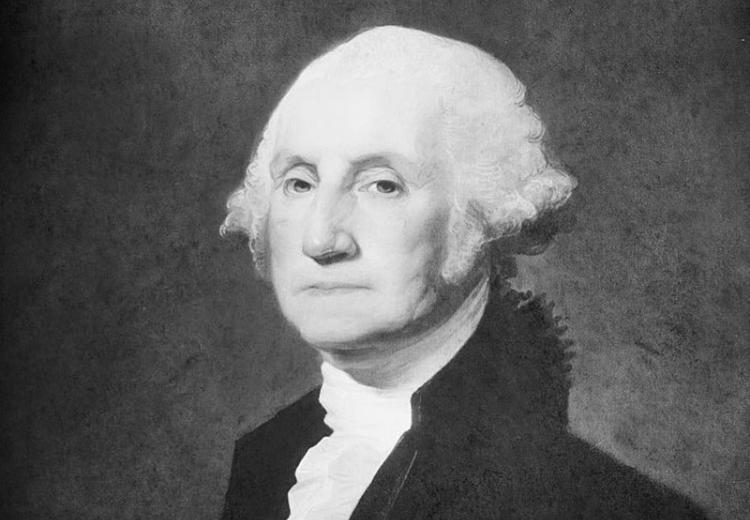Lesson 3: George Washington: The Precedent President

Gilbert Stuart portrait of George Washington.
George Washington became President—reluctantly—at a critical time in the history of the United States. The Confederation had threatened to unravel; the weak central government (which included a weak executive with the sole responsibility of presiding over meetings of Congress and no special power to initiate laws beyond that of any member of Congress, enforce laws, or check acts of Congress) created by the Articles of Confederation had failed. As part of its goal to form a "more perfect" government, The Constitution of the United States defined a new role for the executive, the President, in a much stronger federal system. However, a definition on paper and a President in practice could be two very different things. In this activity, students review the responsibilities and powers of the President as intended by the Founders and as practiced during Washington's precedent-setting terms in office.
Review the chart “The Chief Executive” that the class filled in on the previous day or during Lesson Two, Chief Executives Compared: The Federalist Papers, paying special attention to items 4 through 9 under the Constitution.
Guiding Questions
What important developments occurred during George Washington's tenure as the first President of the United States?
How did Washington's administration affect the future of the U.S. and the office of the President?
Learning Objectives
Interpret primary and secondary sources to determine the precedents set during George Washington's time in office.
Evaluate the decisions President Washington made that continue to influence the office of the President of the United States.
